Sudden infant death syndrome, or SIDS, affects babies while they sleep. It happens when a baby dies for an unexpected reason, usually because the infant stops breathing.
Although it is not very common, pediatricians still want new parents to be aware of how they can reduce the risk of SIDS.
What causes SIDS?
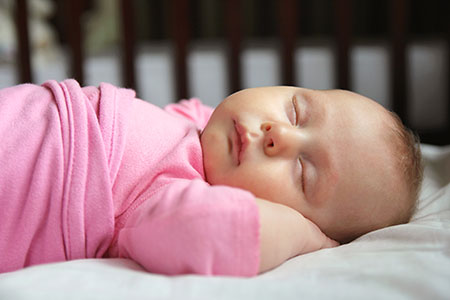
SIDS occurs in less than 0.1% of healthy, full-term babies. Research into the cause is ongoing, but recent evidence tells us underdevelopment of the infant brain likely plays a pivotal role.
“In adults, our breathing and heart rate are closely monitored and managed by a part of the brain called the brainstem,” said Dr. David Holz, a Marshfield Children’s pediatrician. “We rely on this system to keep us breathing at night and wake us up if there is a problem. If an adult stops breathing at night, the brain is generally very good at quickly waking us up. However, a newborn’s brain is less developed, and ultimately may fail to wake an infant from sleep if a problem arises. Though we cannot help an infant’s brain mature faster, we can work to make a baby’s environment safer and decrease the risk of causing breathing problems.”
Tummy sleeping is no longer advised
Decades ago, parents were advised to place infants on their stomachs to sleep, thinking this was the safest position if baby was to spit up while sleeping. Sleep position, placing babies on their back, is by far the most critical thing that we know provides best protection.
“We now know that belly sleeping is one of the primary risk factors for development of SIDS, meaning infants who are placed on their stomachs have a much higher risk of SIDS when compared to babies who sleep on their back,” said Holz. “This ultimately led to the ‘back to sleep’ initiative, where doctors encourage exclusive back positioning for sleep.”
Smart technology monitors not recommended
With advances in smart technology, some families are using electronic devices that allow them to track health data like their baby’s pulse and blood oxygen levels. These devices have sensors, worn by your baby or are close by in the crib, and send it to an app on your smart phone.
However, the American Academy of Pediatrics does not recommend the routine use of these monitors to prevent SIDS. Because there has been no evidence that these monitors provides protection for babies against SIDS.
“These monitors can lead to false reassurance,” Holz said. “Parents may feel like their child is protected and they may neglect the other safe practices that we do know reduce risk.”
Sleep position is by far the most critical thing that we know provides best protection. Technology is far from perfect and can lead to false alarms. “This can cause parents anxiety, alarm fatigue and lost sleep,” Holz said. “All of these factors are detractors from the device, creating an unnecessary expense for no proven benefit.”
Safe practices that help decrease SIDS risk
Start by looking at your baby’s sleeping arrangement. “My personal advice is to have your baby sleep on a flat surface, not a curved one,” Holz said. “Use a firm mattress with a well-fitted sheet. Don’t have any extra blankets or pillows with your baby either.”
- Babies should sleep on a firm surface like bassinettes or cribs. Do not let them sleep for periods of time in swing devices.
- Avoid co-sleeping, a practice also associated with increased risk of SIDS.
- Do not place bumpers in the crib. Your baby can roll to the side and press their face against bumper, cutting off oxygen.
- Stuffed animals should not be placed in the crib until the baby is one year old. These toys also can cut off oxygen to the baby.
- Avoid using plush, soft blankets.
Some parents feel extra blankets are necessary to keep their child warm at night. Holz recommends keeping the baby’s room at a temperature where you would be comfortable in a short sleeve shirt, and then add one more layer for baby.
Ceiling fans also can decrease the risk of SIDS.
“Ceiling fans help circulate air and keep baby from overheating,” Holz said. “You don’t want your baby to sweat. If parents wake their baby and his clothes or hair are damp, then he has on too many layers and is getting too warm. Excessive layers also can increase risk of SIDS.”
Pacifiers can decrease the risk of SIDS, but it’s up to the parent’s discretion to give the baby one.
If you have questions about SIDS or the right sleeping environment for your baby, talk with your baby’s doctor.
Breastfeeding may lower the risk of SIDS
Babies who are breastfed are at a lower risk of SIDS compared with babies who never received breast milk. According to research, the longer you exclusively use breast milk, the lower the risk of SIDS.
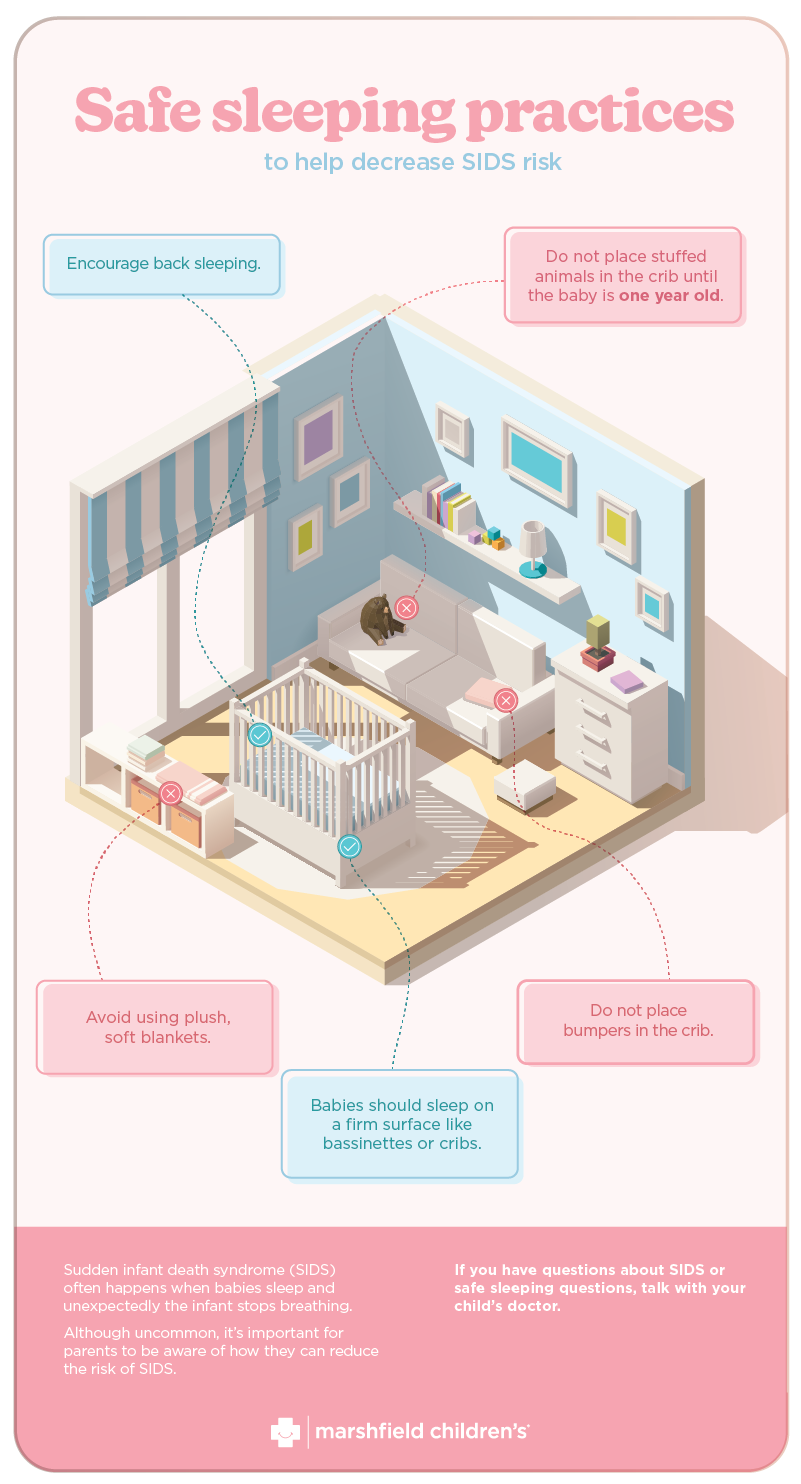
Related posts
Breastfeeding: Lactation consultants offer resources before and after birth



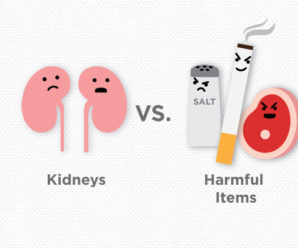
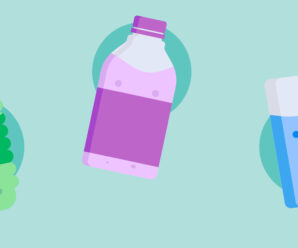
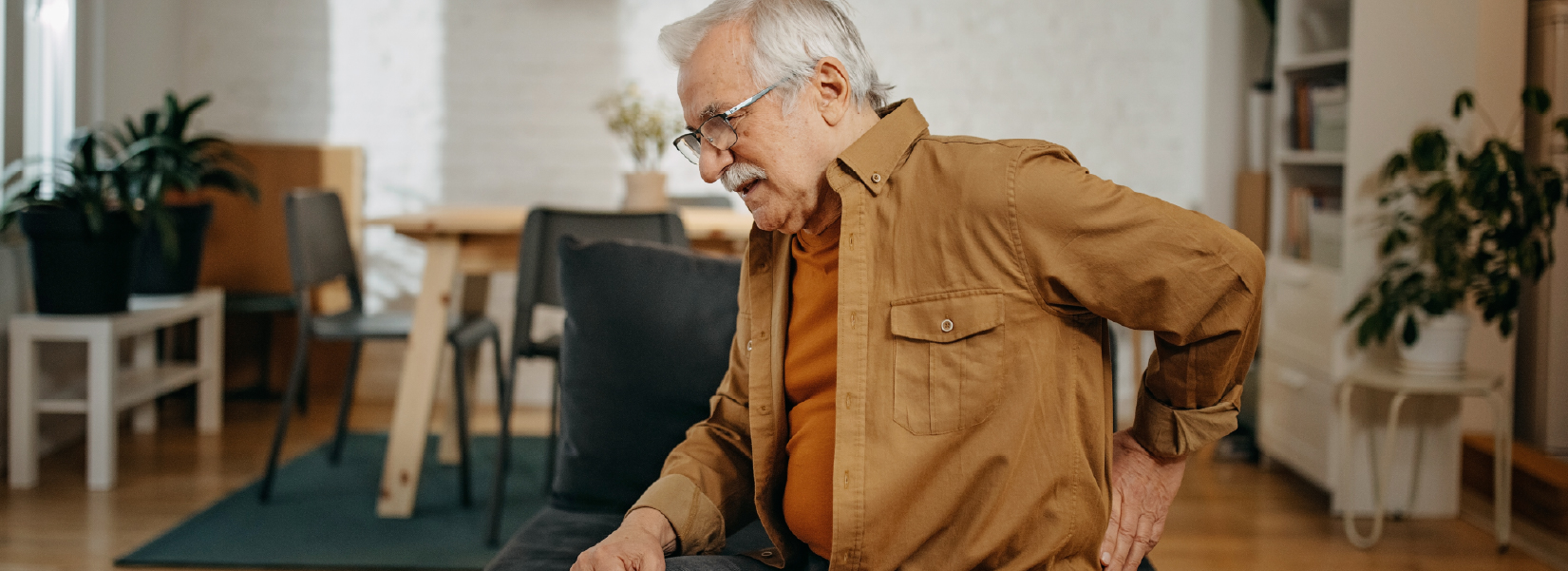

Leave a Reply